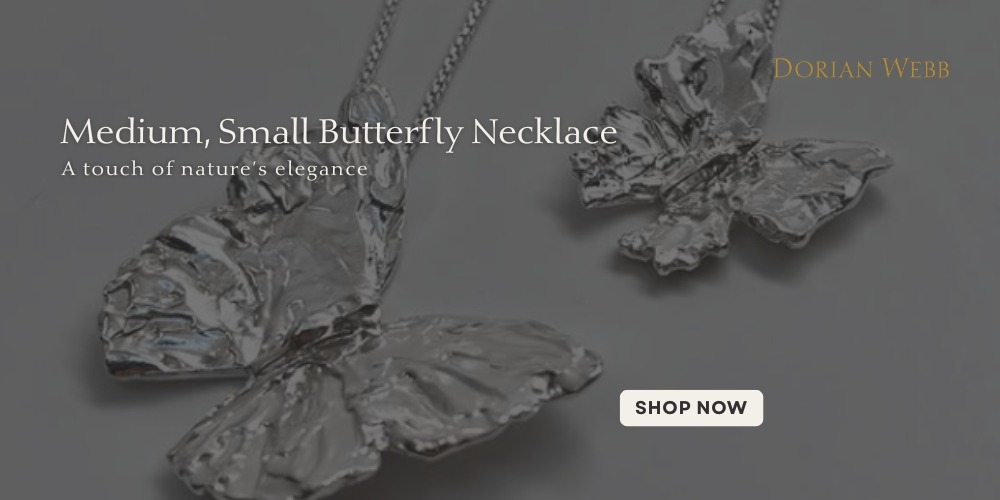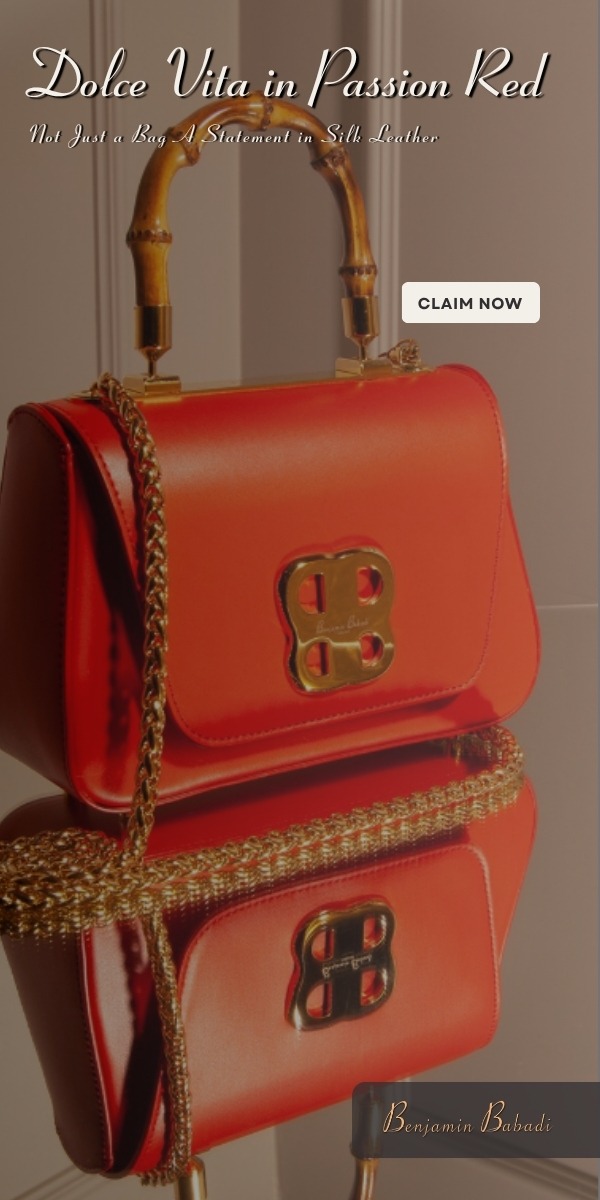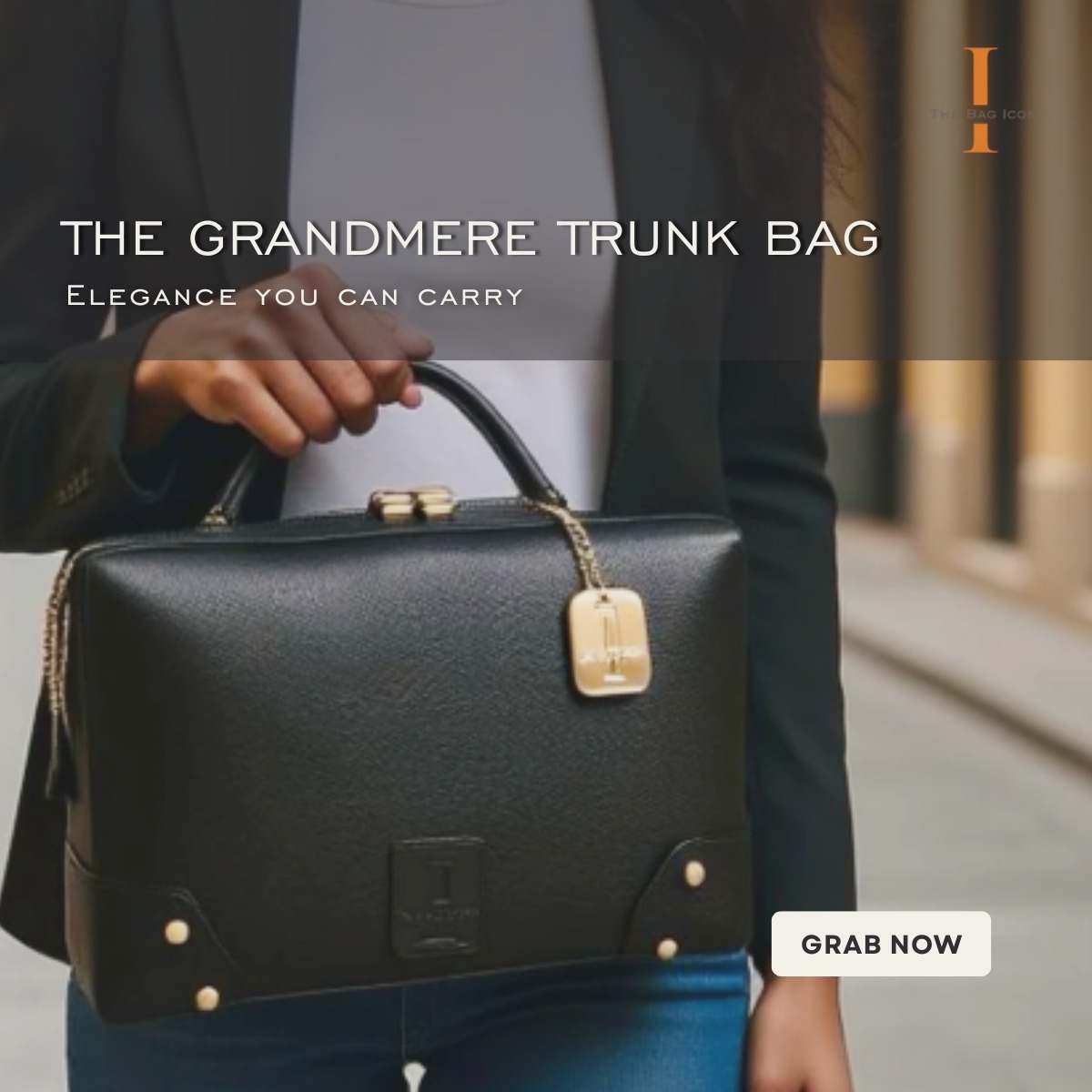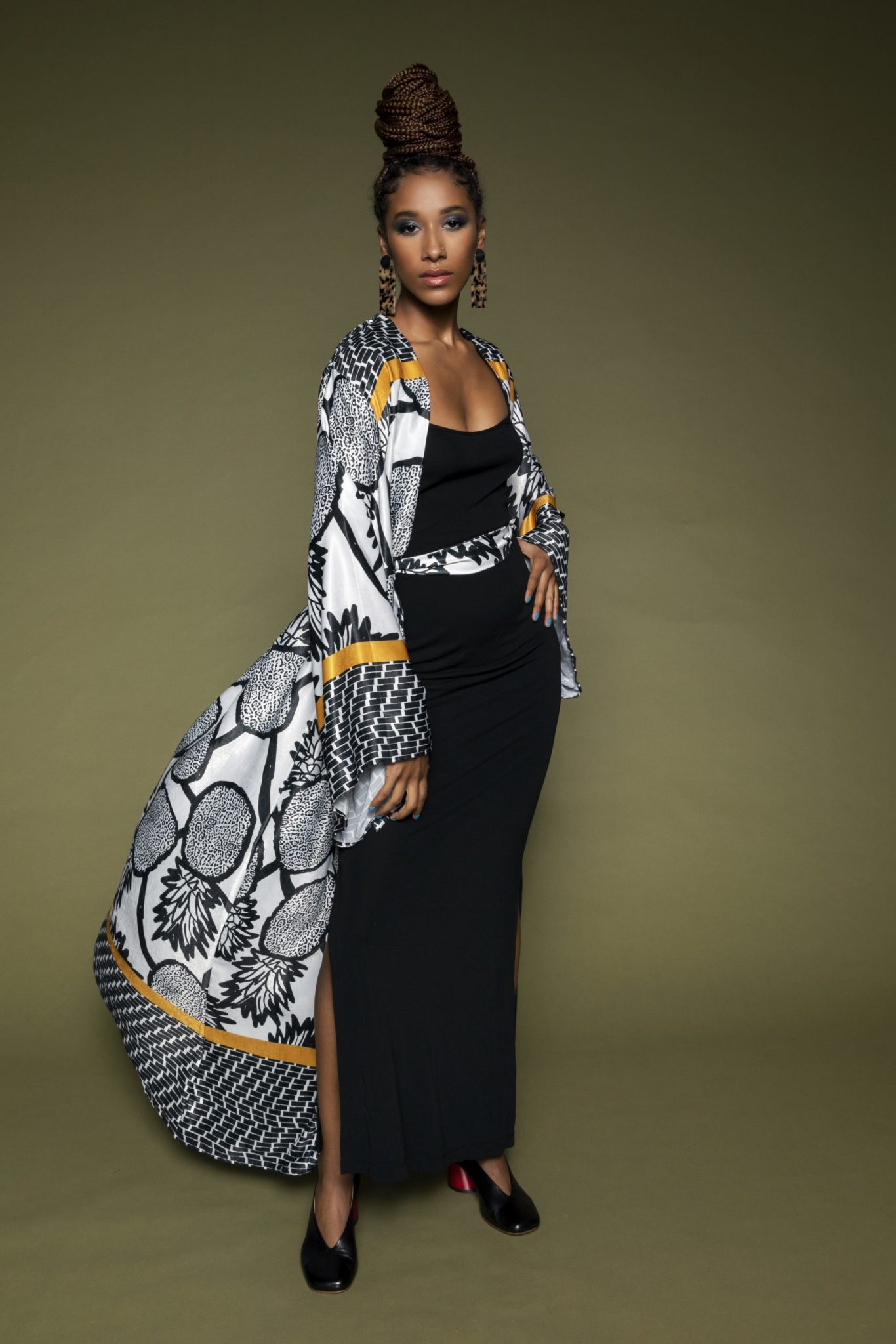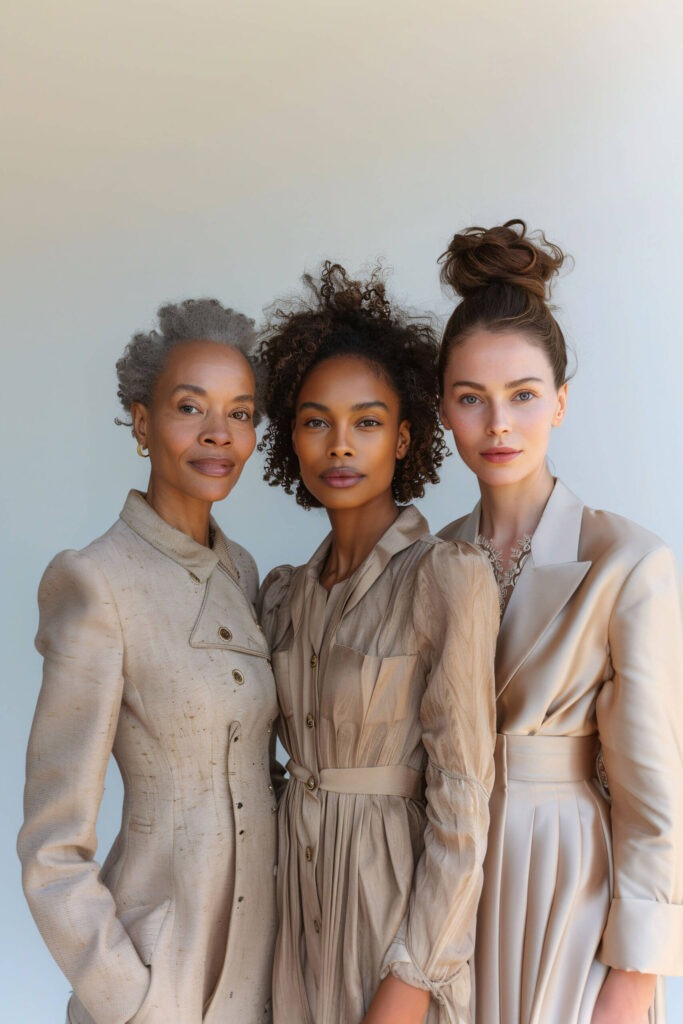Before the read
As people rethink their shopping habits, circular fashion offers a sustainable path forward through thrifting, fixing, and renting.
These generations are leading a cultural shift by embracing resale platforms, designer rentals, and conscious fashion choices.
A growing number of consumers and brands believe they can, and the data shows a major move toward reuse and rewear.
As a fashion-loving preteen, trapped in the constraints of dress codes and teenage angst, I always found peace in thrift haul videos. Calm music providing a soundtrack for a midwestern teenager trying on her favorite five-dollar thrifted gems was a small taste of preteen freedom for me. This thrifty inspiration showed me how to transform my usually cheap clothes into the stylish outfits of my dreams.
The love of secondhand shopping seems to be ingrained in my generation; Millennials were obsessed with a hipster era where thrifting reigned supreme. It wasn’t about saving money but about creating your own unique style instead of resorting to cookie-cutter fast fashion. In my lifetime, Goodwill transitioned from being embarrassing to becoming a necessity for Millennial closets, and secondhand shopping experienced a meteoric rise, coinciding with my experience during the 2009 United States recession.

Secondhand shopping naturally grew in the digital era. eBay organically led to apps like Poshmark and ThredUP becoming popular with the Gen Z crowd, the same generation diligently advocating for sustainability like their Millennial counterparts. Sustainability’s rise in fashion seems promising, but it’s easy to take a magnifying glass to where fashion’s popularity currently resides: fast fashion.
15 Days or Less to Dress
Conceived in the late 1980s and first referenced in the New York Times, fast fashion lets brands deliver trendy clothes to consumers faster than ever—just 15 days from idea to store. It kept shoppers on trend in New York City. Now a billion-dollar industry, fast fashion has been dominated by brands like Shein and Zara, businesses that took the fast fashion model and multiplied it by 1 000. This ultra-fast fashion trend has become a normal part of our lives, where the internet puts the latest hot fashion styles at our fingertips and delivers them to us on a lightning-quick silver hanger.
I’m even guilty of immersing myself in the likes of Shein and Fashion Nova to nab cute pants or the sweetest-looking shoes for an incredibly cheap price. My guilt grows when I’m reminded of the real issues behind getting those chic garments shipped to my doorstep. Many in Gen Z loudly blast Shein’s slave-like labor practices through social media. It doesn’t help that their clothes quickly fray and become trash, sometimes just as fast as the 15 days that made fast fashion popular.

Shein’s supply chain takes 10 days from the factory to the store. But this speedy turnaround comes at a cost. Shein’s carbon emissions are upwards of 10 percent according to Earth.org. Their production also requires an immense amount of water consumption. In 2024, Grist named Shein as the #1 polluter in the fast fashion industry, and the company’s self-reported numbers don’t lie.
Even a year after Grist reported on Shein’s 2023 sustainability statistics, their total greenhouse gas emissions still increased by 23.1 percent in a year. Despite their promises of transparency and renewed sustainability efforts, Shein has yet to reckon with the reality that most of their products end up in landfills. According to the Environmental Protection Agency, 85 percent of textiles end up in landfills and contribute to the world’s waste problem.
The Thrift Renaissance
Before fast fashion’s rapid rise, the slow fashion movement crept in as an antithesis to the wasteful fast fashion market as far back as 2007. An article in the Ecologist by Kate Fletcher that year denounced the greedy fast fashion industry to promote a slower, more conscious version of fashion. Fletcher argued that fashion can be more than just an industry filled with waste; it could be thought of as sustainable.
Goodwill may have been the start, but digital resale platforms are now dominating the fashion industry. Poshmark, ThredUp, and Depop have brought ease and accessibility to the fashion movement, further combating industry waste by promoting a reusable way to wear our favorite outfits.
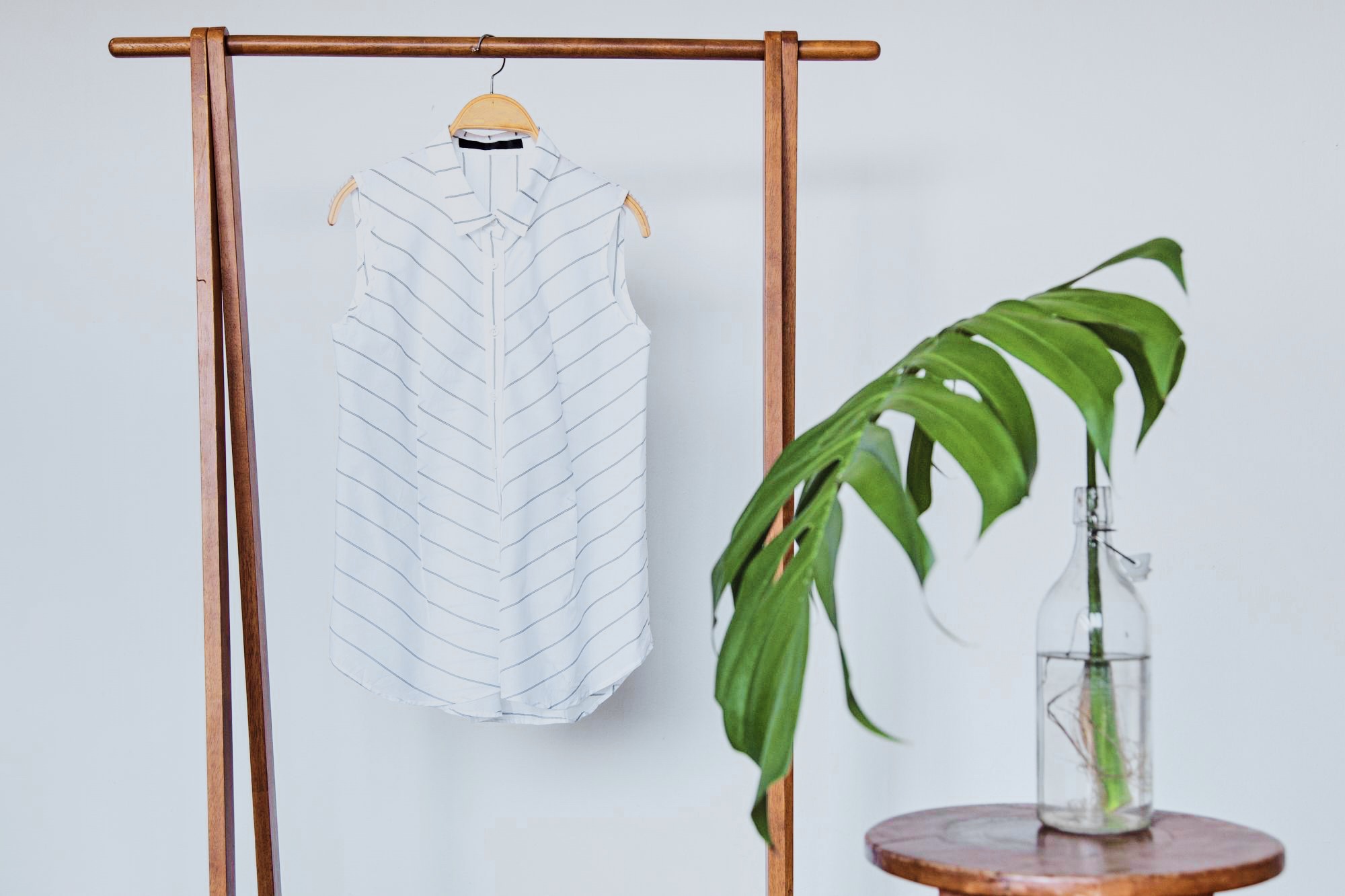
The RealReal is another company providing reused, high-end luxury items to a wide array of fashion lovers everywhere. Started in 2011, The RealReal’s mission is to “Extend the life cycle of luxury.” Taking luxury items off their unreachable pedestals to give the public more accessibility to high fashion is the bread and butter behind The RealReal, and 14 years later, they’re still one of the leaders in sustainable luxury fashion in the digital resale market.
Renting Designer Digs
Purchasing vintage and designer clothing always felt hard on the wallet, which is one of the main reasons why rental clothing services came to be. Whether you need a dapper tuxedo for a wedding or a crisp suit for an interview, clothing rental companies come to the rescue by allowing you to rent the clothes you need before returning them for the next lucky consumer to wear.
Most Millennials are familiar with Rent the Runway’s 2009 rise to fame. From a random college student’s bright idea to one of the first online clothing rental companies, Rent the Runway grew from pop-up shops to one of the largest e-commerce sites in fashion. Consumers can now subscribe to receive clothes that fit their style from Rent the Runway once a month, keeping the designer digs they love and returning the outfits they’ll never wear.

Companies like Armoire are dedicated to reusability, which in turn fosters a circular fashion economy. Sustainability is embedded in the core of their brand. By providing designer clothing rental alongside online stylists and recycled packaging, Armoire plays its part in keeping sustainability and fashion in the same conversation.
The Harm of Our Hems
Despite the rise of thrifting, rentals, and digital resale, fashion still has a long way to go to achieve a circular fashion economy and mitigate negative climate effects. Years of lockdown during the COVID pandemic led to hefty declines in thrift rentals and digital resale platform use. But, that 85 percent of industry waste in landfills still exists, and it’s still only part of fashion’s environmental impacts.
Creating clothes requires exponential amounts of freshwater, making fashion the second-largest industry for global water consumption. Meanwhile, the effects of dyed clothing contribute to polluted runoff into those same water sources.
The factories producing these clothes also release an incredible amount of carbon emissions into the air, accounting for 10 percent of the global emissions pie, despite the relatively small size of the fashion industry. These statistics still don’t include the land used to farm and raise livestock for clothing materials, or the effects of microplastics shedding from the textiles and fibers we use to create these clothes.
We Need a Revolution… But Make it Fashion
We live in a consumer-driven society. According to the Ellen MacArthur Foundation, clothing sales have boomed, but there’s been a decrease in the number of times those same clothes are worn.
Cost is also a major factor in several ways. All those digital resale and thrift rental platforms can only survive when they have enough profit and labor to continue providing sustainable options to consumers. It would take billions of dollars to actively combat the energy, water, and waste issues that make the fashion industry unsustainable. Even with the options that exist today, the cost for a subscription may not be feasible for the majority around the world living in economic hardship.
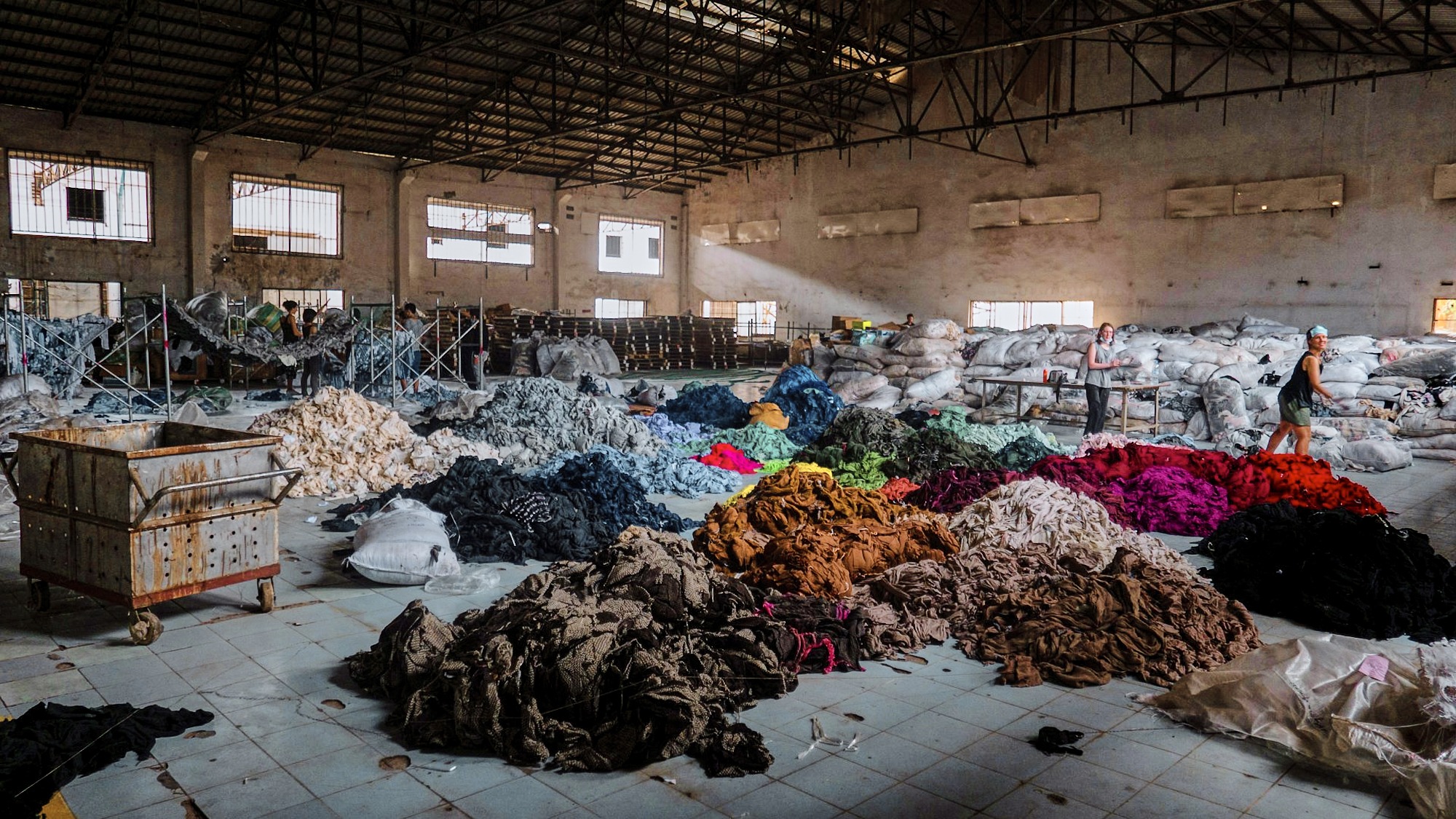
Regardless of these setbacks, fashion’s future still has sustainable potential. Gen Z, Millennials, and hopefully every generation underneath are keeping climate action at the forefront of public conversation, forcing the fashion industry to make sustainable changes, whether they want to or not. The shift in tone around thrifting reflects people’s growing eagerness for sustainable and affordable fashion.
A Sustainable Future Is Fashionable
When we look to the future of fashion, community is the key to both profitability and the fashion industry accountability. Community in fashion should resemble a local Indigenous teenager creatively repurposing and rebranding clothes for everyone to share and enjoy. Thrift rental and digital resale are more than just fashion’s future; they’re a sustainable way of life for generations to come.
If all goes well, or even if all just goes okay, we can create a fashion industry built with reusability and sustainability in its fabric. That sustainable fashion future feels like a pipe dream until you enter a local Goodwill or visit Poshmark’s website and feel glee over the traveling shirts, pants, jackets, and jewelry shared with your community.

New, independent tailors and fashion designers enter the industry daily, bringing grassroots fashion ideas, a desire for diversity and inclusivity, and a commitment to making the fashion industry cleaner than its predecessors. It will take a community to iron out sustainable fashion’s kinks, but the end result will be the circular fashion economy we deserve.
Millennials and Gen Z pressure high luxury fashion brands to commit to better environmental impacts every day. By supporting thrift rentals, digital resales, and designer clothes rentals, we can all contribute to creating a circular fashion future.
More by this author
The Wrap
- Circular fashion is gaining traction as consumers turn to thrifting, resale platforms, and fashion rental services to reduce waste.
- Brands like Rent the Runway, Armoire, and The RealReal normalize designer sharing, rental subscriptions, and extending garment life cycles.
- Fast fashion remains the industry’s biggest pollutant, with brands like Shein driving high emissions, textile waste, and water overuse.
- Platforms such as Poshmark, ThredUp, and Depop are driving the thrift renaissance, especially among Gen Z and Millennials.
- Sustainability in fashion means more than just slow production—it includes rethinking ownership and promoting clothing reusability.
- Despite economic and systemic challenges, grassroots designers and independent makers are keeping sustainable ideals alive.
- The future of fashion is community-driven, circular, and conscious—powered by shared wardrobes, reimagined textiles, and collective care.




